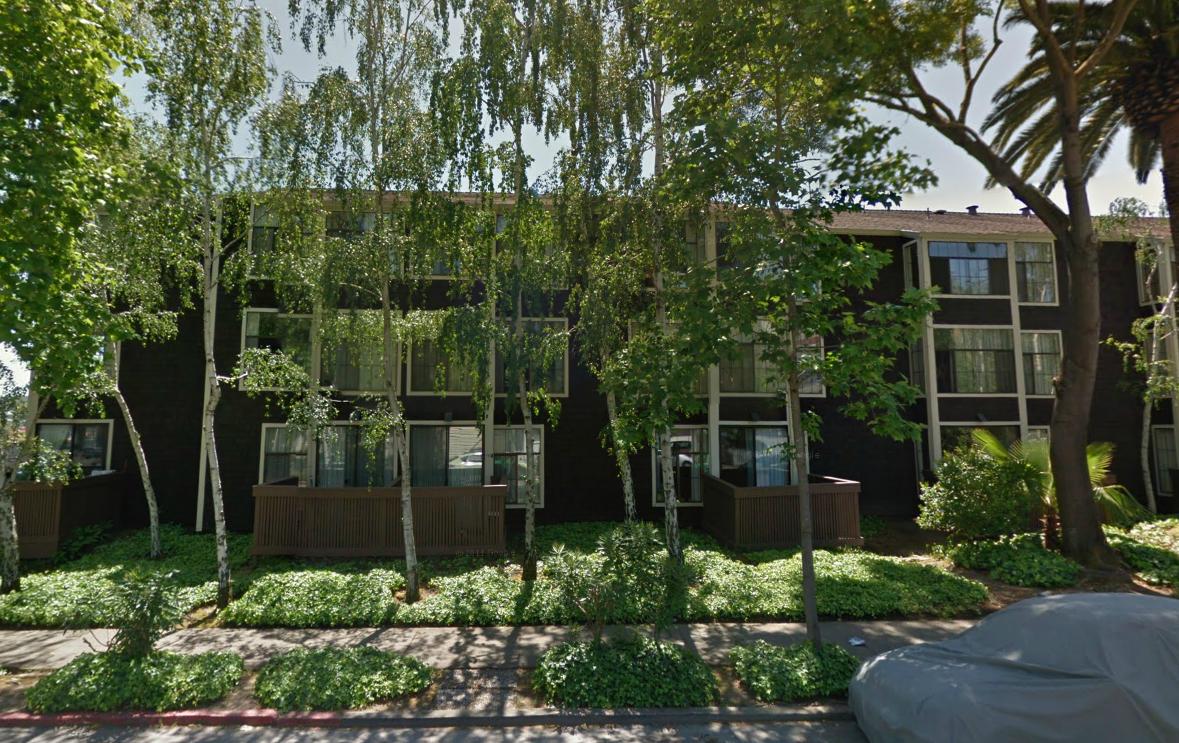For decades, Marin has cultivated a reputation as a firmly anti-development county, most recently in vehement protestations against affordable and medium-density housing. This would certainly be a fair assessment if one simply attends or watches government meetings about development policy or read the IJ’s op-ed section. But survey data from One Bay Area shows Marin to be a much more nuanced, and rather divided, place. This is the first in a four-part series on One Bay Area’s (OBA’s) survey and will examine the survey’s shortcomings as well as Marin’s responses on questions of regionalism. Subsequent installments will address Marin’s views on development, quality of life, and transportation.
On the survey
One Bay Area interviewed respondents in all nine Bay Area Counties and released the cross-tabs back in June. While the survey as a whole was informative and solid, there were some questions that were poorly worded and so tested messaging rather than policy.
“Do you support reducing driving to reduce greenhouse gas emissions?” was my least favorite. The Bay Area is strongly liberal and firmly convinced in the reality of global climate change. Of course we want to reduce greenhouse gases. Tying driving to such an obvious outcome doesn’t allow urbanists, who seek to reduce driving for a host of other reasons, to know whether driving reduction can resonate.
Another, “Do you support expanding commuter rail, like BART, to the rest of the Bay Area?”, conflates BART with commuter rail. Rather than focus on our real commuter railroads – Caltrain, SMART, ACE, and Amtrak – the question brings it back to everyone’s favorite transit system. The extremely strong positive response to this question is useless to planners outside BART who need to gauge public opinion on the subject. While it would be informative to SMART planners to see if their advertising campaign is successful in Marin and Sonoma, Napa and Solano are considering their own commuter rail system using light rail technology. Gauging support for such a system would be invaluable.
Regional planning
Marin’s sharp divisions are first seen in a question with overwhelming support in the county: do you support a regional plan? Fully 81.5 percent of Marinites think it’s a good idea, with only 10.7 percent who say it’s not important. However, Marin has a far higher rate of response for those who answered that it was not at all important than the rest of the region, 8.6 percent in Marin vs. 2.8 percent for the whole region.
We further deviate from the region when discussing priorities. OBA asked whether a regional plan should focus on the economy, the provision of housing and transportation for all, or the reduction of driving and greenhouse gas emissions. Marin sided with the rest of the Bay Area in labeling the economy as the top priority, but was the only county where a plurality of people put greenhouse gas emissions in second place, slightly ahead of housing and transportation.
This is at odds with Marinites’ statements on the availability of affordable housing. Fully 67 percent of respondents said they believed the availability was either somewhat poor or poor. Only San Mateo residents were more negative on their affordable housing supply (71.2 percent). Perhaps some Marinites think that the lack of affordable housing isn’t a problem for solving. This sentiment has been expressed often in public testimonies: I scrimped and saved for a house in Novato even though I’d like to live in Tiburon. Why should someone else get taxpayer help when I got none*?
Marin is largely in line with the rest of the region on the subject of whether the region or local governments should plan development. Bay Area-wide, local planning wins out over regional planning by a large margin, 53.3 percent vs. 43.6 percent. Marinites responded 57.7 percent and 38.1 percent, respectively.
The sharp disparity between answers to this question and answers to the first question – whether or not a regional plan was a good idea – implies that Bay Area residents have separated in their minds a regional plan from local planning. Though it would be reasonable to think that they perceive regional plans as coordinating documents and local plans as visceral zoning documents, there’s not enough data to be sure. They could equally have a classic not-in-my-back-yard sentiment: we need affordable housing, just not here. Further studies are needed to clarify just what people think they’re supporting and opposing.
These questions on regionalism begin to explain the unease and rancor in Marin’s development politics. Marinites have a small but determined isolationist streak, and they are a bit more concerned about environmentalism than equity. When issues of affordable housing come up, arguments about social justice and social equity simply won’t hit as hard in San Rafael as they would in San Francisco. And when issues of regional mandates arise, this crosses into dangerous territory for those who are opposed to regional coordination and regional development planning.
But we need to look at how Marinites respond to specific development policies, and we’ll tackle that next time.
*As an aside, all homeowners get taxpayer help in the form of federal and state tax breaks, from the mortgage interest tax deduction to the stabilizing influence of Proposition 13.
Cross-posted to Vibrant Bay Area and Patch.






